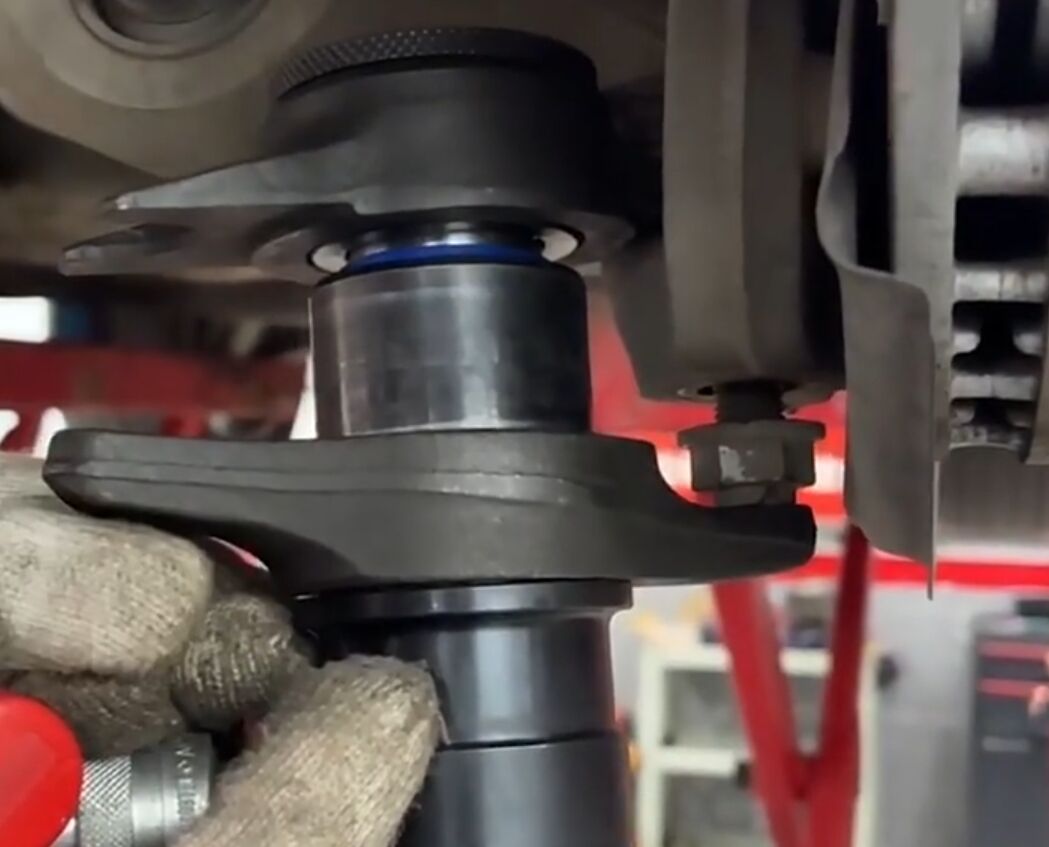Control arms and ball joints play critical roles in a vehicle’s suspension system, helping to connect the wheels to the body and ensuring smooth handling and ride comfort. Knowing when to replace these components is essential for maintaining optimal vehicle performance and safety. In this blog, we will discuss the functions of control arms and ball joints, the signs of wear and tear, and best practices for maintenance and replacement.

Control arms are hinged links that connect the vehicle’s suspension system to the chassis. Typically designed in an A-shape, these components allow for controlled vertical movement of the wheels while also providing lateral stability. They are equipped with bushings at both ends to absorb shocks and minimize vibrations from the road. Over time, these bushings can wear out, leading to a decrease in handling performance and ride comfort.
Ball joints are spherical bearings that connect the control arm to the steering knuckles, enabling the wheels to pivot smoothly during turns. They are essential for allowing the wheels to move up and down while also turning left or right. Ball joints can wear out due to various factors, including road conditions and driving habits. When they become loose or damaged, it can result in a vague or unresponsive steering feel, adversely affecting driving safety.
One of the first indicators that control arms or ball joints may need replacement is the presence of unusual noises. If you hear clunking, knocking, or squeaking sounds, particularly when driving over bumps or turning corners, it may signal that the bushings in the control arms or the ball joints themselves are worn out. Listening closely to these sounds can help you determine whether immediate attention is required.
If you notice changes in your vehicle’s handling, such as excessive body roll during turns or difficulty maintaining a straight path, it could indicate that the suspension components are failing. A misaligned suspension due to damaged control arms or ball joints can lead to poor handling characteristics, making it essential to address these issues promptly to avoid further complications.
Uneven tire wear is another telltale sign that your suspension components may require replacement. If you observe bald spots or irregular patterns on your tires, this could be a result of misalignment caused by worn control arms or ball joints. Regularly inspecting your tires can provide valuable insights into the health of your suspension system.
A steering wheel that vibrates or feels loose can indicate problems with your ball joints. When they become worn, they can create excess play in the steering, leading to a less connected driving experience. Pay attention to how your vehicle responds to steering inputs; if there’s a noticeable lag or instability, it’s time to have the suspension system inspected.
Routine inspections of your vehicle’s suspension system are crucial for identifying issues early. During regular maintenance, ask your mechanic to check the condition of the control arms and ball joints. They will typically look for signs of wear, such as cracks, excessive movement, or play in the joints. Early detection can save you from more extensive repairs down the line.
When it comes time to replace control arms or ball joints, selecting high-quality aftermarket or OEM (original equipment manufacturer) parts is essential. Quality components can enhance the longevity and performance of your vehicle’s suspension system. It’s also important to ensure that the replacement parts are compatible with your specific vehicle make and model.
While some DIY enthusiasts may attempt to replace these components themselves, seeking professional installation is often advisable. Mechanics have the specialized tools and experience necessary to properly align and install control arms and ball joints. Incorrect installation can lead to alignment issues that may affect the handling and safety of your vehicle.
Control arms and ball joints are vital components of your vehicle’s suspension system that significantly impact handling and safety. By remaining vigilant for signs of wear, such as unusual noises, handling issues, and tire wear patterns, you can ensure that these components are functioning correctly. Regular inspections, using quality replacement parts, and opting for professional installation will help maintain your vehicle’s performance and ensure a safe driving experience. By staying informed and proactive, you can protect your investment and enjoy a smoother ride for years to come.
